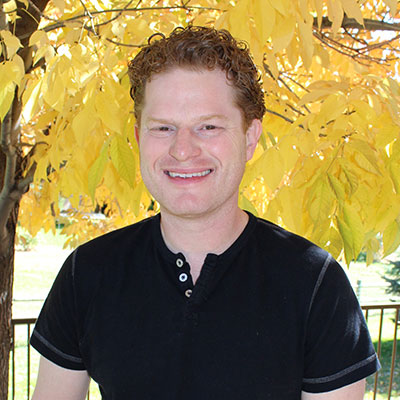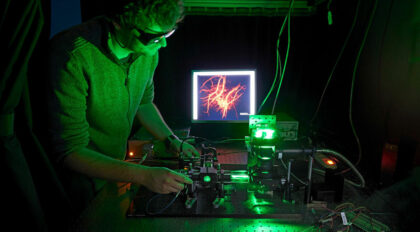The Bartels lab develops new imaging technologies to expand the frontiers of biomedical research. Our goal is to develop new tools to observe phenomena that are difficult or even impossible to capture with current imaging tools and biological assays. Our focus is on optical imaging because of its unique ability to resolve spatial scales ranging from sub-cellular structures such as organelles to large regions of tissue in order to understand morphological changes associated with disease. Crucially, optical imaging also allows us to observe the dynamics of biological processes in real time, as it can be safely implemented in live biological specimens. We team up with diverse biomedical scientists to collaborate and apply these unique tools to answer questions that are critical to growing our understanding of biological sciences. These questions range from fundamental biological unknowns to best approaches for developing translational tools to be used in the clinic. Thus, our projects cover diverse fields spanning from optical and quantum physics, advanced computation and algorithms, to fundamental and clinical biology.

Randy Bartels Principal Investigator
Bartels Lab / Biomedical Imaging
The Bartels laboratory develops new optical imaging modalities to open new lines of biomedical research and to explore new biological questions.

Randy Bartels
Principal Investigator
Randy Bartels received his B.S. in Electrical Engineering from Oklahoma State University and his M.S. and Ph.D. in Electrical Engineering (Optics) from University of Michigan (2002). His independent research career was launched at Colorado State University, where he worked on ultra-sensitive detection of molecular coherences for spectroscopy and microscopy. His laboratory now works on the development of new biomedical imaging methods to study phenomena that are difficult to study with current methods, and applies those imaging methods to address pressing biological questions. Bartels is a Fellow of the Optical Society of America and of the American Physical Society. In addition to his investigator role at the Morgridge Institute, he is a professor of biomedical engineering at the University of Wisconsin–Madison.
Join Our Team
Be part of a team that embraces curiosity, freedom and flexibility in order to advance human health.
Join us and make a difference!
View Opportunities

